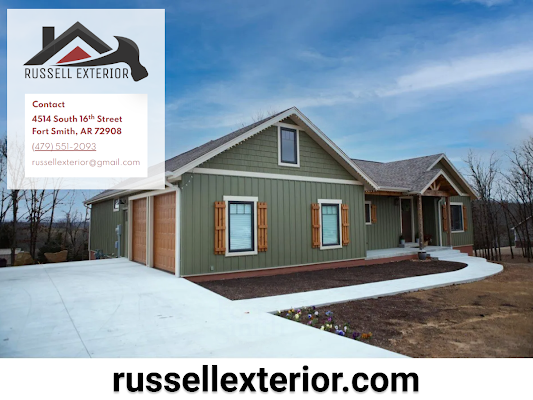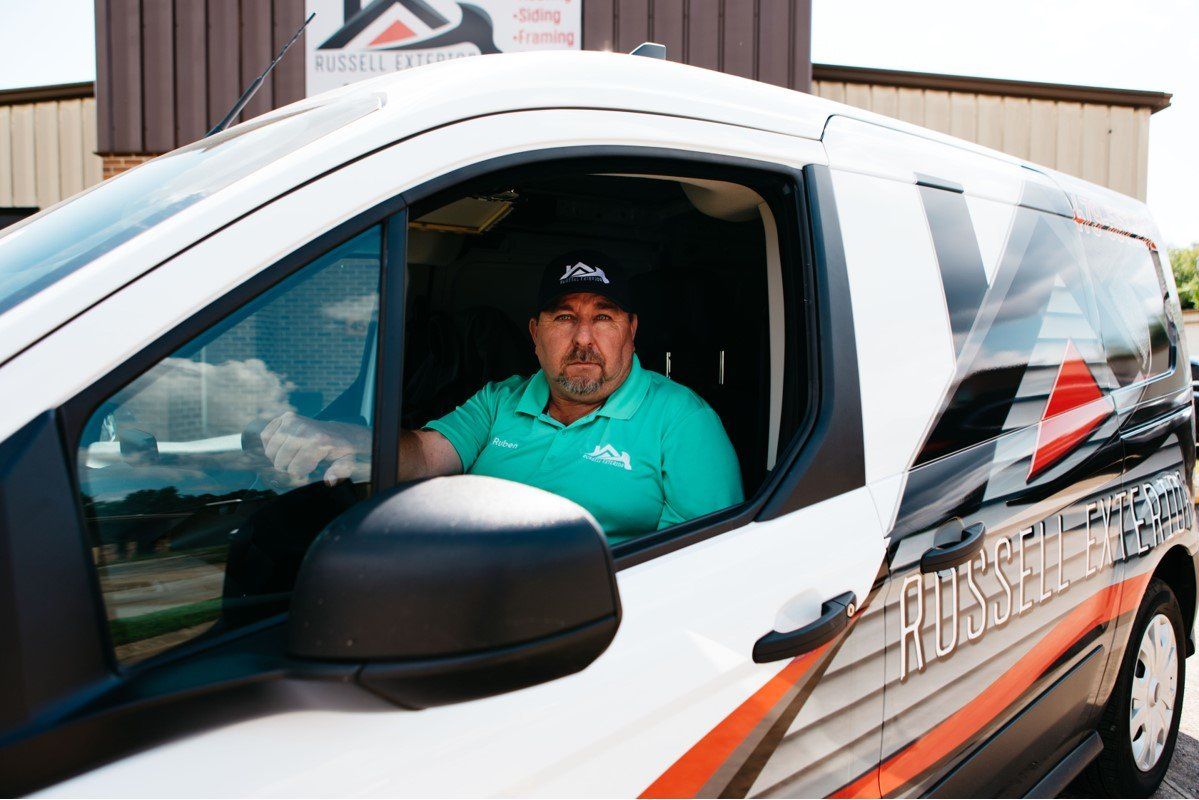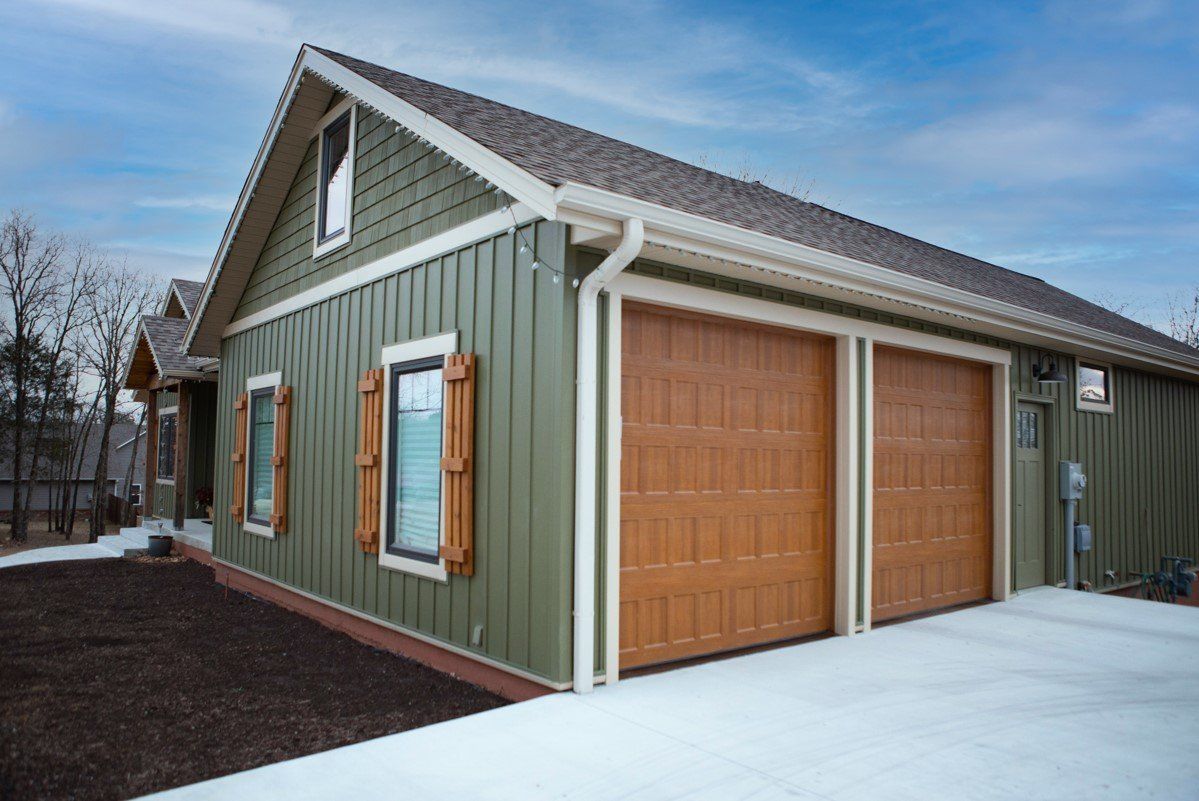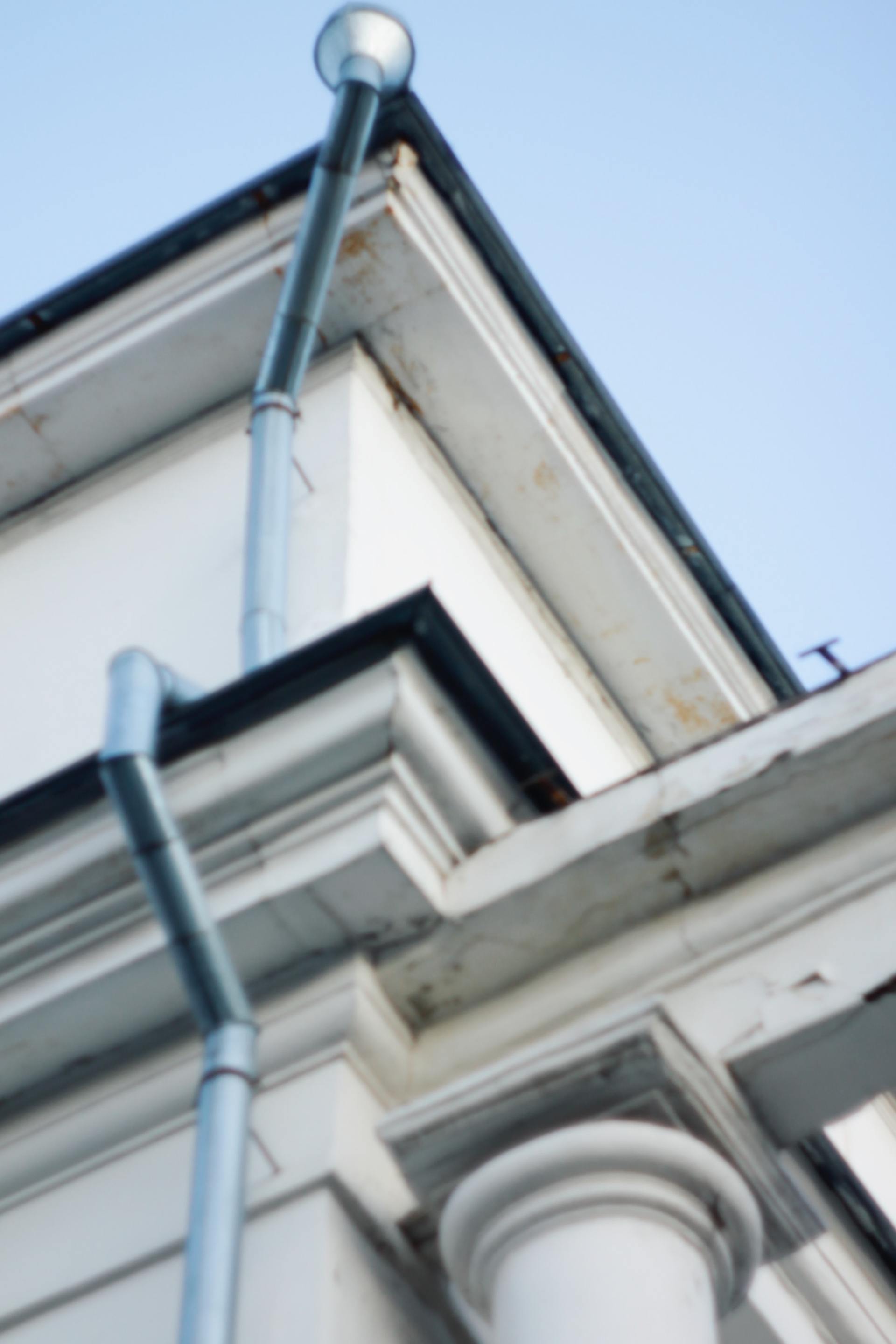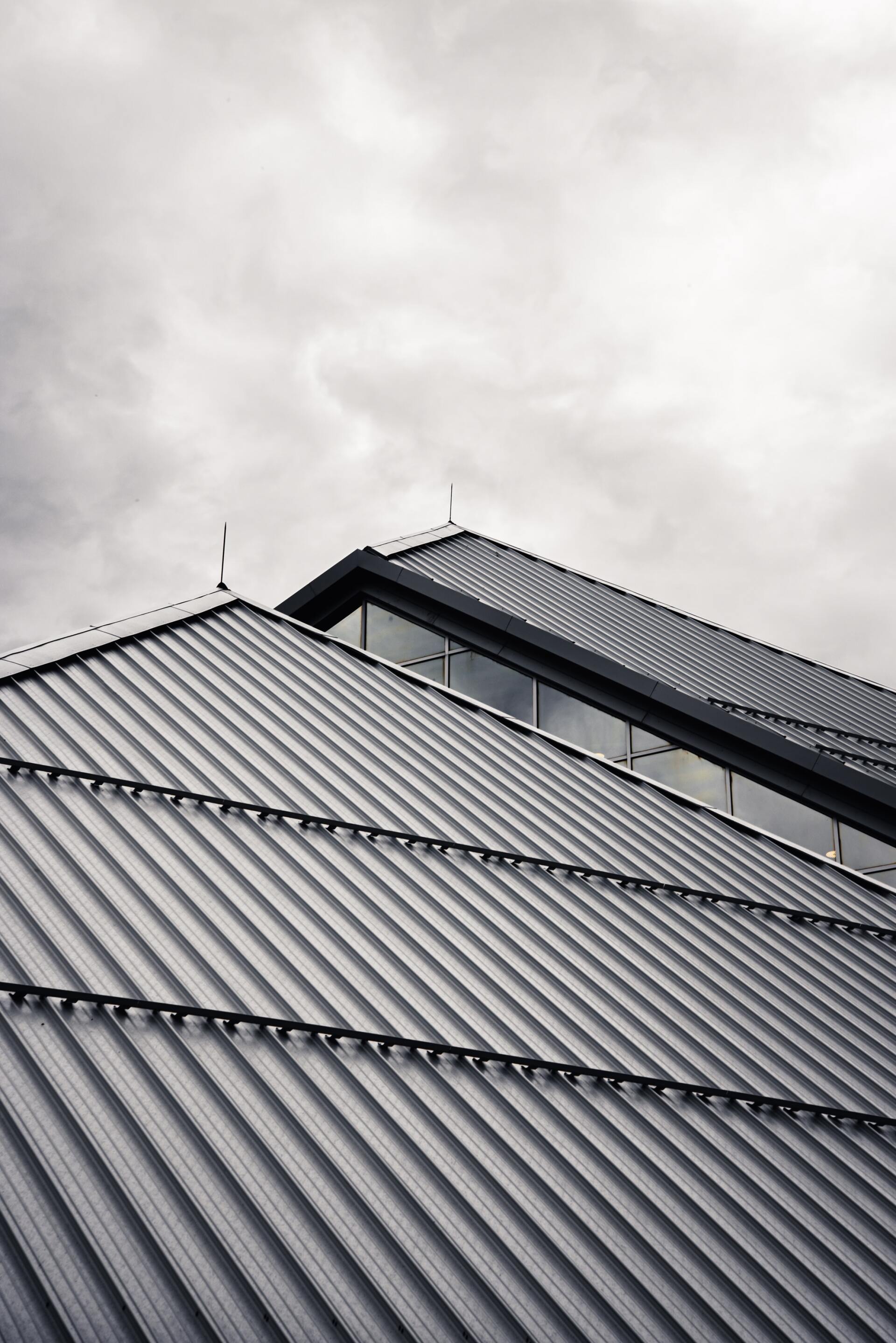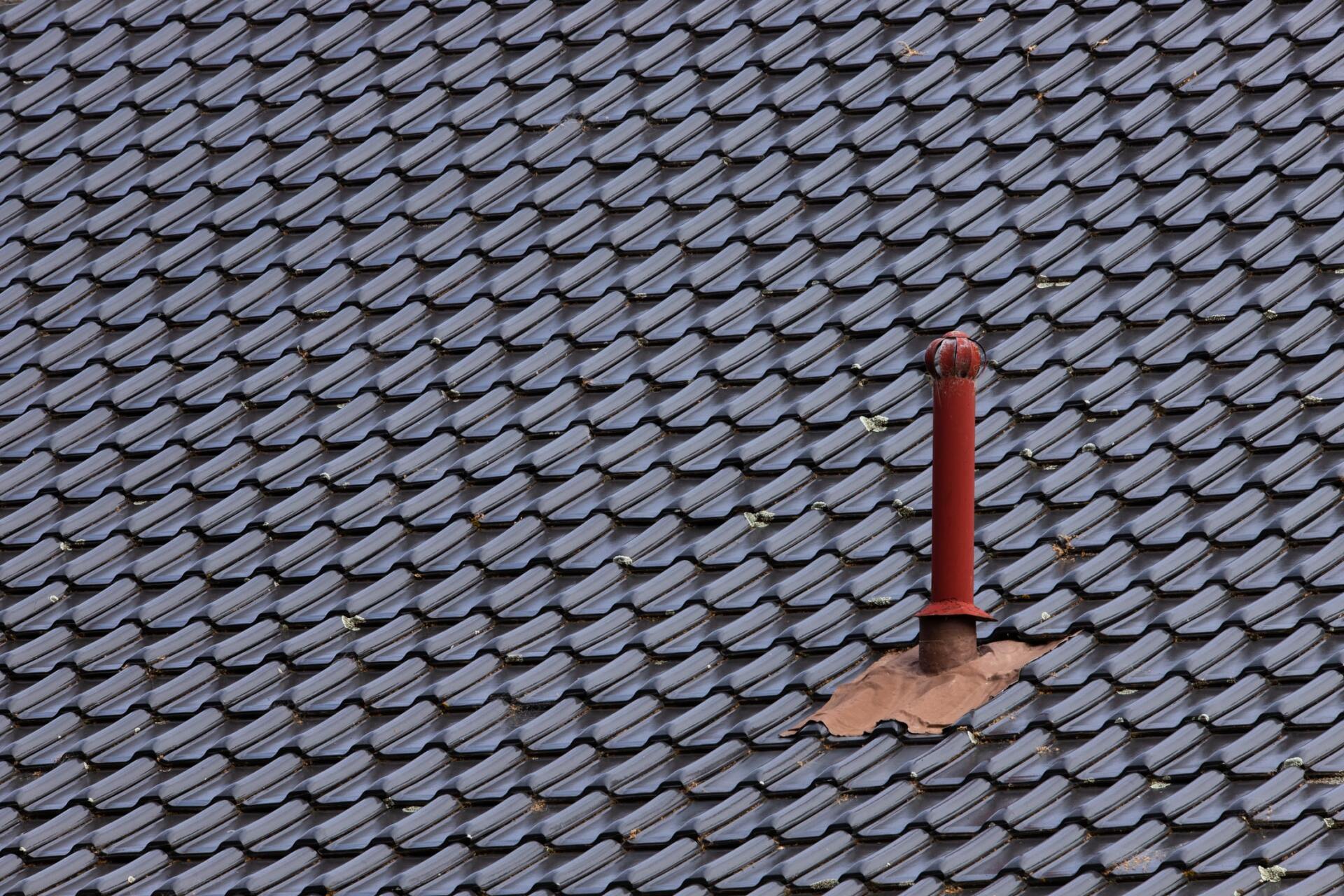What factors influence the life expectancy of a roof?
Did you know that the average lifespan of a roof is about 20 years? While many factors can influence the life expectancy of a roof, today we're going to focus on three of the most important ones. So without further ado, let's jump right in!
The construction material of the roof
A roof's life expectancy is influenced by some factors, the most important of which is the construction material. Materials like asphalt shingles or clay tiles typically have a life expectancy of 20-30 years, while metal roofs can last 50 years or more. The age of the roof, its location, and how well it's maintained are also important factors in determining how long it will last. If you're considering replacing your roof, be sure to factor in the cost of materials and labor, as well as the potential savings on your energy bill.
Weather conditions in your area (temperature, precipitation)
Weather conditions can have a significant impact on the life expectancy of a roof. In colder climates, roofs are more likely to sustain damage from ice and snow accumulation, while in warmer climates they may be more prone to wear and tear from the sun and heat. Precipitation also plays a role, with roofs in regions that experience frequent downpours being at greater risk for water infiltration and damage. All of these factors should be considered when choosing a
roofing material, as they will affect how long the roof will last.
Roof maintenance or lack thereof
Roofs are a critical part of the architecture in any building. They protect from weather, fire, and theft, as well as a way to improve energy efficiency by capturing and containing heat or sunlight. The life expectancy of roofs varies depending on how much maintenance they get.
Roofs that are neglected often start leaking after only ten years because the seals around windows and doors deteriorate due to lack of use. Some deterioration is normal for most roofs but if left unchecked it will lead to more serious problems like water damage which can ruin ceilings and walls inside your home. Roofs also become less efficient at keeping out cold air during winter months when snow begins collecting on them; this increases the amount of money you spend heating your house each year.
Roof style and shape
Roofs are an integral part of any building, providing protection and insulation against the elements. But there is a lot more to it than that. The shape and style of your roof can affect the amount of time it lasts as well as how much energy you use.
A flat roof is less expensive to install but will deteriorate faster due to weathering. A gabled roof has greater longevity because water runs off in different directions and not all at once like with a flat roof. However, if you have high ceilings or live in an area where snowfall is common then this type of roof may not be ideal for you because they tend to leak when heavy snow accumulates on them. Dormers also help protect roofs from water and weathering damage, as well as add an architectural feature to your home
Roof pitch or slope angle
Roof pitch or slope angle is the most important factor in determining a roof's life expectancy. The greater the slope, the faster water will run off it and therefore the longer it will last. Slope also determines how much of your house is protected from rain and snow. A steep roof protects more space than one with less slope but exposes everything underneath to rain or snow that falls into gutters and downspouts.
The minimum recommended slope for residential roofs is 3/12 (or 20 degrees), meaning that there must be at least 12 inches of rising for every foot of horizontal distance covered by a roofing material such as shingles or tiles. However, this may not provide sufficient protection against leaks if construction standards are substandard. A steeper slope of at least 5/12 (or 41.6 degrees) is generally recommended to ensure good drainage and prevent water infiltration.
Amount and type of insulation
The type and quantity of insulation in a roof have a significant impact on its longevity. The best way to ensure that your roof lasts as long as possible is to make sure that it has adequate insulation. insulation not only helps to keep your home warm in the winter, but it also helps to protect your roof from the elements.
Roof ventilation
One important factor that affects the lifespan of a roof is roof ventilation. If there is proper ventilation, the heat and moisture will escape, which reduces wear and tear on the roofing material. Poor ventilation can cause the roof to overheat and deteriorate prematurely. To ensure good roof ventilation, there should be a sufficient number of roof vents. The size and type of vents also play a role in ventilation. Vents should be properly installed and maintained to ensure good airflow.
It is important to remember that roof ventilation is not just for summertime cooling. Proper ventilation is also necessary for the winter to prevent ice dams from forming on the eaves. Ice dams can damage the roofing material and cause water infiltration into the home.
Exposure to the sun
The most important of which is exposure to the sun. The more a roof is exposed to sunlight, the shorter its lifespan will be. This is because ultraviolet radiation from the sun causes the roofing material to deteriorate over time. In addition, the climate of the region will also play a role in how long a roof lasts. Hot, sunny climates will cause roofs to deteriorate more quickly than those in colder, less sunny climates. This is because the sun's heat causes the roofing material to expand and contract, which can lead to cracks and other damage.
The way a roof is installed also plays a role in how long it lasts. If it's not installed properly, water can seep underneath and cause damage that shortens the roof's lifespan. So if you're thinking about having a new roof installed, be sure to choose a qualified contractor who will do the job right.
When it comes to roofing, Russell Exterior is the name you can trust. We're a leading roofing contractor in Fort Smith, and we've been providing top-quality
roofing services for years. So if you're looking for a reliable and affordable roofing solution, call us today!
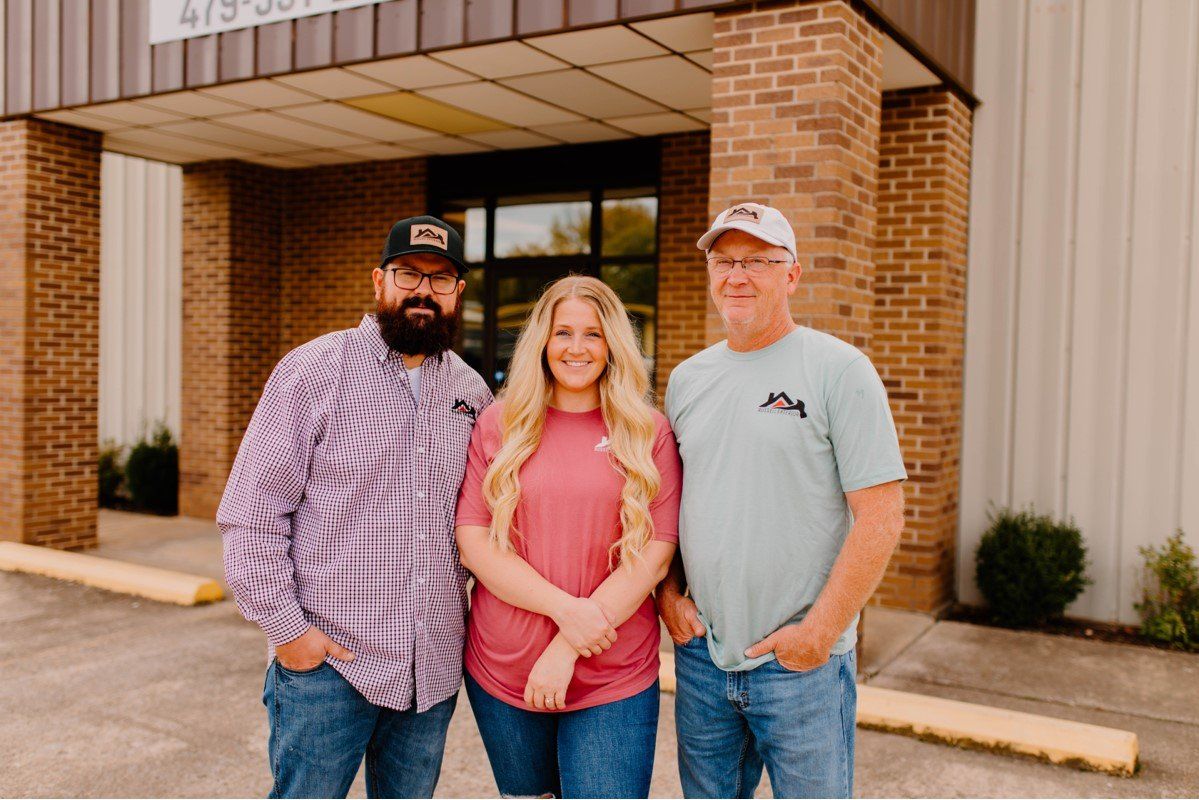

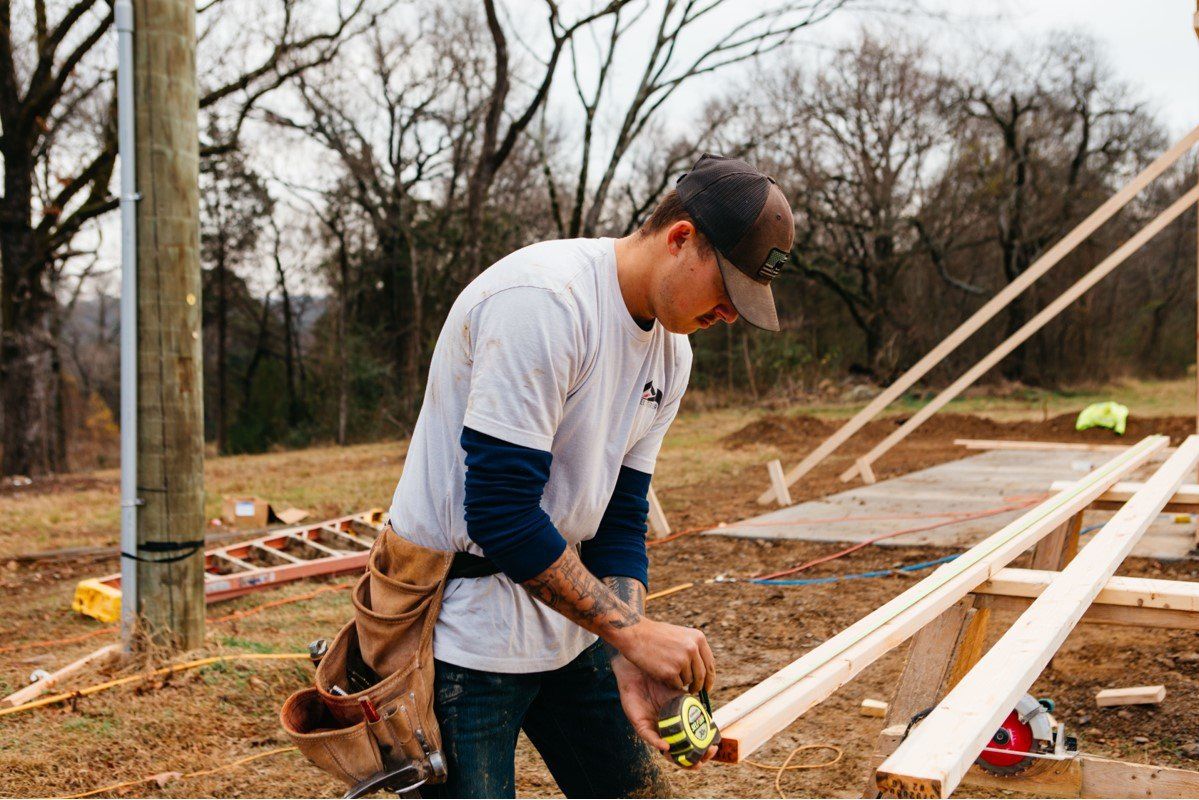
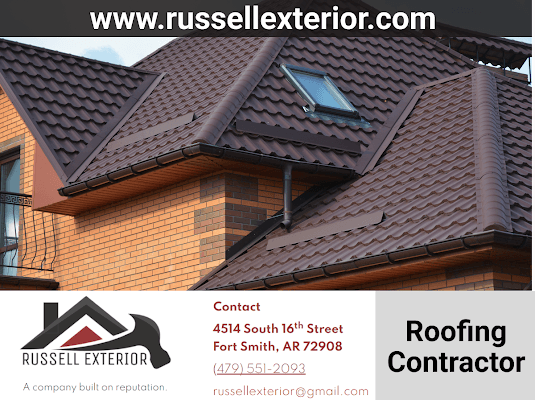
Restore and protect your home with Russell Exterior.
We will get back to you as soon as possible.
Please try again later.
Company
Contact
4514 South 16th Street
Fort Smith, AR 72908

